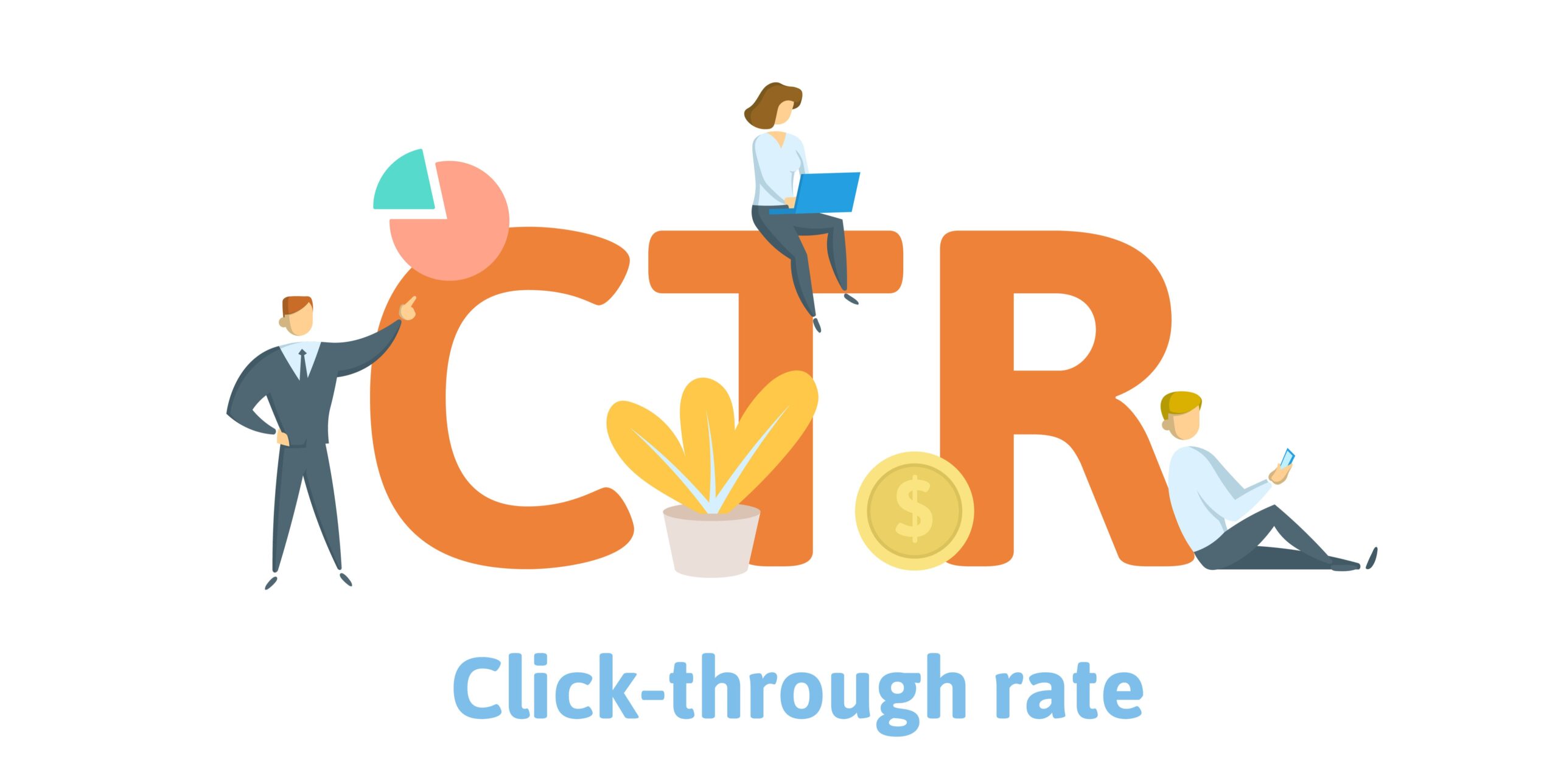// WIDSIX HEALTH BLOG //
What is a good click-through rate for healthcare ppc campaigns?
Click-through rate (CTR) is a measure of how often people click on a link or advertisement after being exposed to it. In the context of healthcare marketing, CTR is an important metric that can help healthcare companies evaluate the effectiveness of their digital marketing campaigns. In this blog post, we will discuss what click-through rate is and what is a good click-through rate for healthcare.
What is click-through rate?
Click-through rate (CTR) is the ratio of clicks to impressions for a particular link or advertisement. CTR is calculated by dividing the number of clicks by the number of impressions, then multiplying by 100 to express the result as a percentage. For example, if an advertisement receives 100 clicks and 10,000 impressions, the CTR would be 1%.
CTR is an important metric for digital marketers as it provides an indication of how well a particular link or advertisement is performing. A high CTR indicates that a large percentage of people who view the link or advertisement are clicking on it, which can be a good indication that the link or advertisement is relevant and engaging.
What is a good click-through rate for healthcare?
The average click-through rate varies widely depending on the type of advertisement, the industry, and the target audience. In general, a good click-through rate for healthcare advertisements is above 1%, although the specific target will depend on the specific goals of the advertisement and the industry. As a general rule, we like to see above 3% on our ads – many times, getting upwards of 6% on our campaign CTRs.
Some factors that can influence click-through rates in healthcare include:
Ad Format: The format of the advertisement can influence the click-through rate. For example, a visually appealing and engaging advertisement is likely to have a higher click-through rate than a text-only advertisement.
Target Audience: The target audience can also impact the click-through rate. If the target audience is highly engaged with healthcare topics and services, they are more likely to click on healthcare advertisements.
Relevance: The relevance of the advertisement to the target audience can impact the click-through rate. An advertisement that is highly relevant to the target audience is more likely to receive clicks than an advertisement that is not relevant.
Ad Placement: The placement of the advertisement can also influence the click-through rate. An advertisement placed on a website or social media platform that is highly relevant to the target audience is more likely to receive clicks.
It’s important for healthcare companies to set specific goals for their digital marketing campaigns and measure click-through rates against those goals. If the goal of the advertisement is to generate leads, a higher click-through rate is desirable. However, if the goal is to drive traffic to a website or increase brand awareness, a lower click-through rate may still be effective.
In general, a click-through rate of 1-2% can be considered a good click-through rate for healthcare advertisements, although the specific target will depend on the specific goals of the advertisement and the industry.
Conclusion
Click-through rate is an important metric for healthcare companies to evaluate the effectiveness of their digital marketing campaigns. A high click-through rate can indicate that the advertisement is relevant and engaging to the target audience, while a low click-through rate may indicate that the advertisement needs to be improved or targeted more effectively. By setting specific goals for their digital marketing campaigns and measuring click-through rates against those goals, healthcare companies can optimize their advertising and maximize their return on investment.






